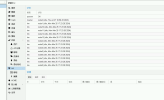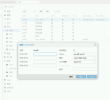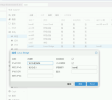I especially want to know what protection mechanism the PVE cluster has to allow the host to automatically restart.
Environment: There are 13 hosts in the cluster: node1-13
Version: pve-manager/6.4-4/337d6701 (running kernel: 5.4.106-1-pve)
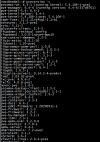
Web environment:
There are two switches A and B. ens8f0 and ens8f1 are connected to port 2 of switch A and B respectively. The switch supports lacp
Instructions:
The node3 host has done lacp hash layer3+4, and the ens8f0 port is not lit. I asked the computer room personnel to test the ens8f0 cable (originally node3 was down on port 2 of the A switch, and changed to port 5 of the A switch up. Enfs8f1 is still on the B switch. Port 2) During the process of replacing ports 2 and 5 with ens8f0, I found that half of the hosts in my cluster had restarted abnormally.
key log:
node3 (operation line change host)
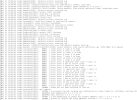
node5 or node7-10 (restart host):
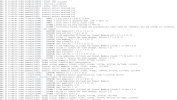
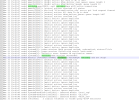
Environment: There are 13 hosts in the cluster: node1-13
Version: pve-manager/6.4-4/337d6701 (running kernel: 5.4.106-1-pve)

Web environment:
There are two switches A and B. ens8f0 and ens8f1 are connected to port 2 of switch A and B respectively. The switch supports lacp
Instructions:
The node3 host has done lacp hash layer3+4, and the ens8f0 port is not lit. I asked the computer room personnel to test the ens8f0 cable (originally node3 was down on port 2 of the A switch, and changed to port 5 of the A switch up. Enfs8f1 is still on the B switch. Port 2) During the process of replacing ports 2 and 5 with ens8f0, I found that half of the hosts in my cluster had restarted abnormally.
key log:
node3 (operation line change host)

node5 or node7-10 (restart host):


Attachments
Last edited:


